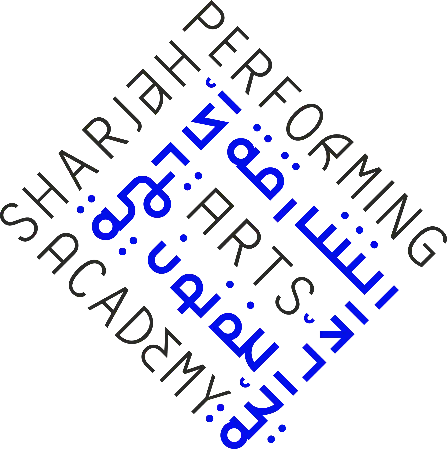Cinematic storytelling : a comprehensive guide for directors and cinematographers / Thomas Robotham.
Material type: TextPublisher: Abingdon, Oxon ; New York, NY : Routledge, 2022Description: 1 online resourceContent type:
TextPublisher: Abingdon, Oxon ; New York, NY : Routledge, 2022Description: 1 online resourceContent type: - text
- computer
- online resource
- 9781003080657
- 777 23
- TR850
| Item type | Current library | Call number | Status | Barcode | |
|---|---|---|---|---|---|
 Books
Books
|
SPAA Library General Collection | TR850 .R63 2022 (Browse shelf(Opens below)) | Available | 0004700 |
SIBF2023
P.B
Includes bibliographical references and index.
What is cinematic storytelling? -- Foundations in the script -- Coverage defines attention -- Cinematic thinking -- Patterns for character actions -- Patterns for character looks -- Patterns for dialogue - structure -- Patterns for dialogue - examples -- Patterns for settings -- Patterns for objects -- Patterns for evocative imagery -- Patterns and movement -- Scene shaping and interconnections -- Developing the coverage plan.
"This book presents a new, story-based approach to cinematic coverage and storytelling in film and video. It breaks from the conventional idea that shots are the fundamental unit of filmmaking, instead exploring the specifics of determining coverage. Keyframes in patterns are introduced, delivering scripted material in a context-rich presentation that supports the storytelling. All the analysis, interpretation, and creative decision making is done first, with shots derived as the very last step. Scripted material is divided into six categories with associated patterns. Like cinematic building blocks, these can freely stack up and interconnect, supporting creativity and avoiding rigid formulas. This approach enables filmmakers to tap into the film "language" audiences already understand, and put it to practical use, helping the audience to feel the storytelling deeply. Dozens of film examples are presented, plus conceptual and camera diagrams. Student exercises are provided to reinforce concepts. Emphasis is placed on supporting performance and story meaning, through a cinematic context. With all the concepts and decision-making options described and shown in examples, a scripted scene is analysed and developed through an eight-step process, illustrated with storyboard, camera diagrams, and ultimately shot list descriptions. This new framework for cinematic storytelling is appropriate for short films, feature films, and long-form, multi-episode stories and is the ideal text for aspiring filmmakers, cinematographers and directors"-- Provided by publisher.
Description based on print version record and CIP data provided by publisher.
There are no comments on this title.


